Nagoya, Aichi Prefecture, Japan.
THE CITY OF NAGOYA
Our first stop in our Japan trip is the city of Nagoya, a port city that is a key transportation hub in the Chubu region even before the shinkansen lines passes through this big urban city.
The city has a significant role in Japanese history as the birthplace of three famous feudal lords, Oda Nobunaga, Toyotomi Hideyoshi and Tokugawa Ieyasu who were responsible for the unification of Japan after a long period of civil wars between warlords known as the Sengoku period.
The city was badly bombed during the World War II as it was a prime military target for its important role in the supply lines of the Japanese army. Therefore, today’s Nagoya consists of mostly modern buildings. Even the iconic Nagoya-jo is a reconstruction.
JR NAGOYA STATION
If you were to enter Nagoya via train, the first sight to welcome you is probably the two gigantic towers of the JR Nagoya Station. The station, 6th busiest in the country and the world’s largest by floor space is about 245 metres tall with a Takashimaya Department Store (about 6-8 storeys) and a rather luxurious 53 story tall Marriott Associa Hotel.
Underneath the station is a series of underground malls that connects several buildings in the vicinity as well as the Meitetsu Nagoya Station and Kintetsu Nagoya Station.
We had an unmemorable bowl of Nagoya Chicken Ramen (880 Yen) at this ramen stall called “名古屋らーめん なご家” at JR Nagoya Station, the stall is part of a ramen ‘street’. It was extremely oily and the chicken was tough. The texture reminded me of instant noodles.
PANORAMA FROM MIDLAND SQUARE
Opposite the JR Nagoya Station is the Midland Square Building. Standing at 247 meters is one of the tallest structures in Japan. The star attraction of this building is the Sky Promenade, the highest observation deck in Japan.
It cost 700 yen to access the open-air observation deck that offers spectacular views over the city of Nagoya. We could see the Nagoya Castle, the port, the Nagoya TV Tower and the grid-like pattern of the city from the 46th storey tall observation deck. Personally, I felt it is worth visiting the Sky Promenade at least once if you do drop by Nagoya.
Nagoya Castle
SAKAE
The Nagoya Subway system is quite comprehensive. It connects the JR Nagoya Station as well as Kanayama to Nagoya Castle, Nagoya City Hall, Sakae and even link with places like Inuyama and Toyota-shi via the railway. With the 740 Yen One-Day Subway Pass, you could enjoy unlimited rides on the subway. There is also a One-Day Subway and Bus Pass or One-Day Bus Pass. You could get them at any subway stations.
Sakae is the first place we visited upon arriving at Nagoya, it is pretty much like the Orchard Road of Nagoya with departmental stores and a boulevard. We visited the Matsuzakaya Departmental Store where we settled our lunch at their basement food market. If you have yen to spare, you could visit La Table de Joel Robuchon upstairs that offers a set lunch at 1890 - 5250 Yen.
The basement food market offers all kinds of food from cakes and macarons to tempura and grilled unagi. I had an assortment of Osaka Style Sushi from Umenohana (古市庵) for 682 Yen.
My friend had a Sauteed Beef Rice from Oniku-Sugimoto (ミートデリ スギモト) for about 550 yen. Packaged food never looked so good or tasted so nice in Singapore. The prawn was too firm and tough for my sushi but otherwise it was decent. The beef rice was surprisingly good and fragrant.
ARCHITECTURE TROVE
As architecture students, we were excited that to know that there were quite a few works by some Japanese architects we studied about in Nagoya. One of these buildings is the Nagoya City Art Museum which was designed by Kisho Kurokawa. For all those who are not familiar with his works, the late Kisho Kurokawa (1934 – 2007) was the designer behind the famous Nagakin Capsule Tower in Tokyo and the International Airport in Kuala Lumpur. He is also responsible for several structures in Singapore such as the Republic Plaza, the Singapore Flyer and the Fusionopolis (Phrase 1).
Located at the Shirakawa Park, the building incorporates traditional Japanese elements with a modernist language. The imagery of the torii was repeated several times. The sunken garden creates a kind of ambiguous space that seemed like the outside yet inside at the same time. It felt like an auditorium yet not really.
The PMT Building by Toyo Ito (the man behind Vivo City), the Mode-Gakuen Spiral Towers by the Nikken Sekkei Group and the Oasis 21 Bus Terminal by Casai Hideki are just some of the many interesting pieces of architecture that you could find in Nagoya.


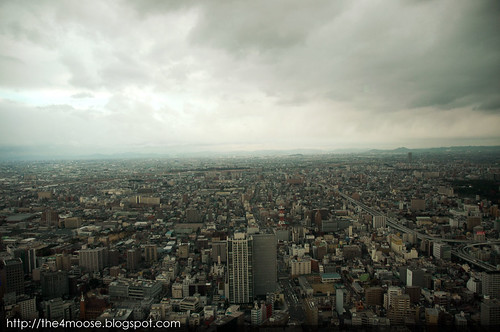

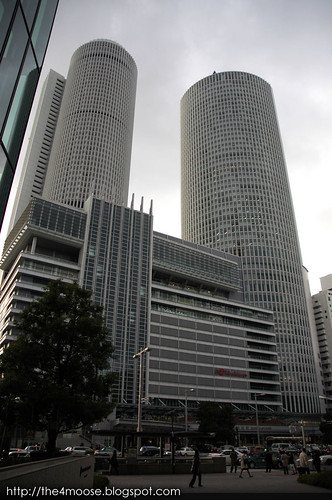

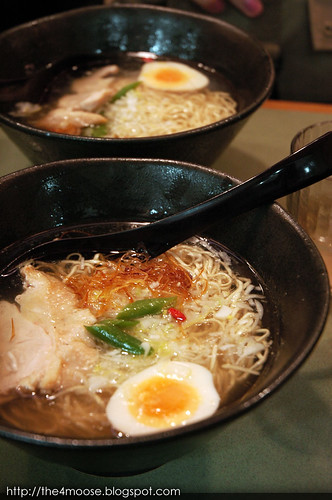
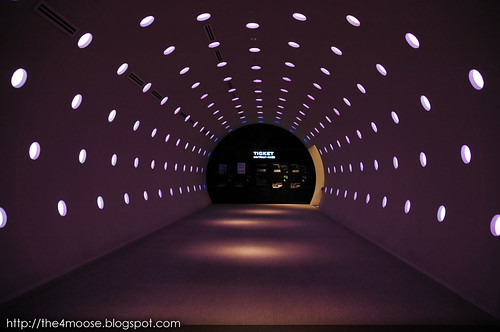
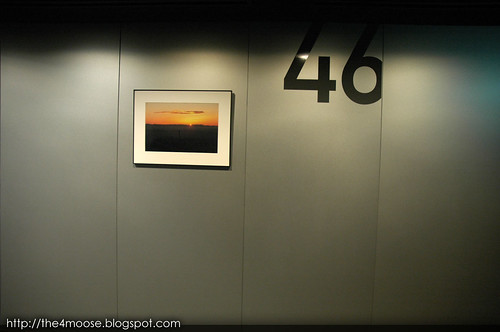
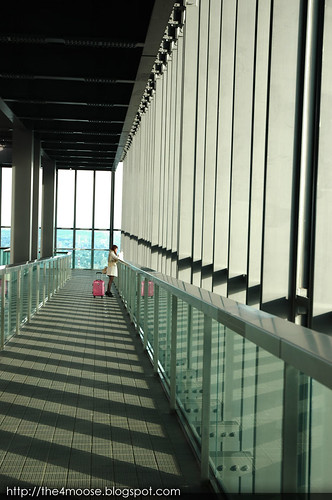
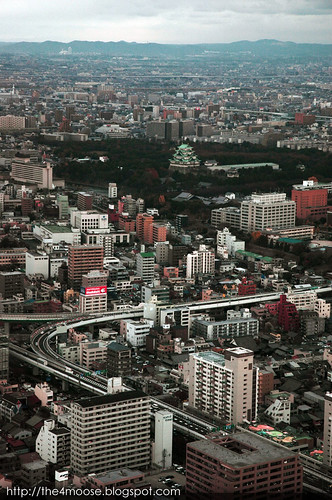
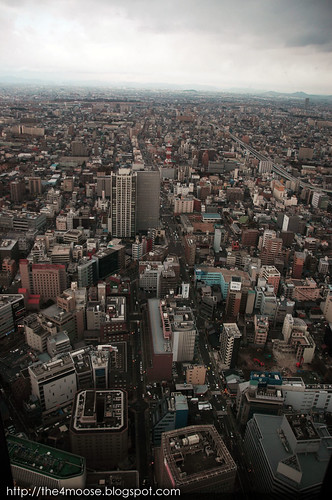

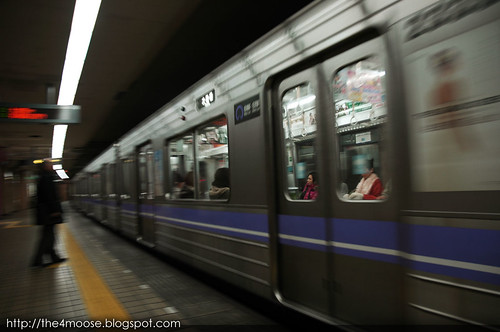
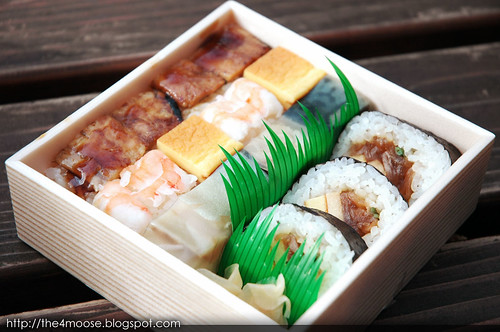
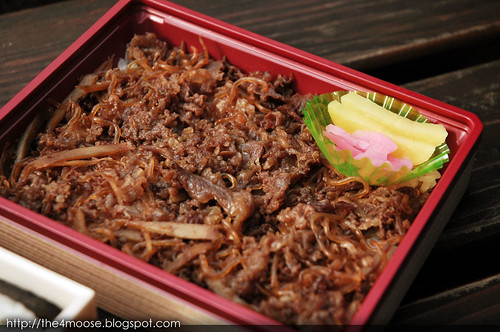

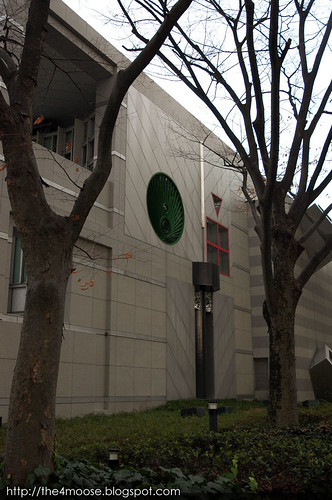
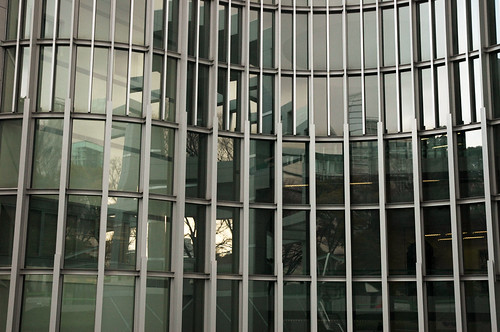
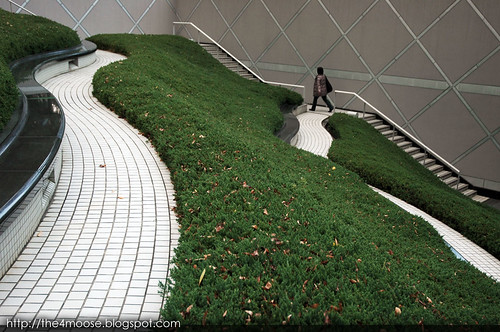
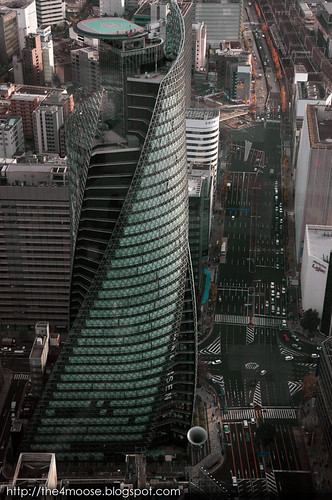
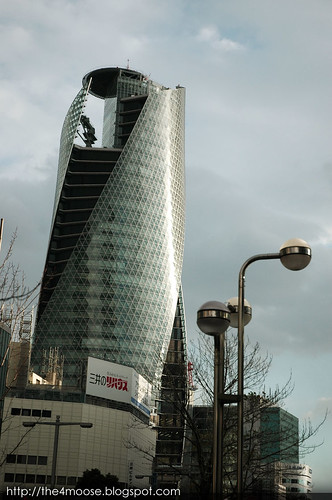














0 comments:
Post a Comment
Note: Only a member of this blog may post a comment.